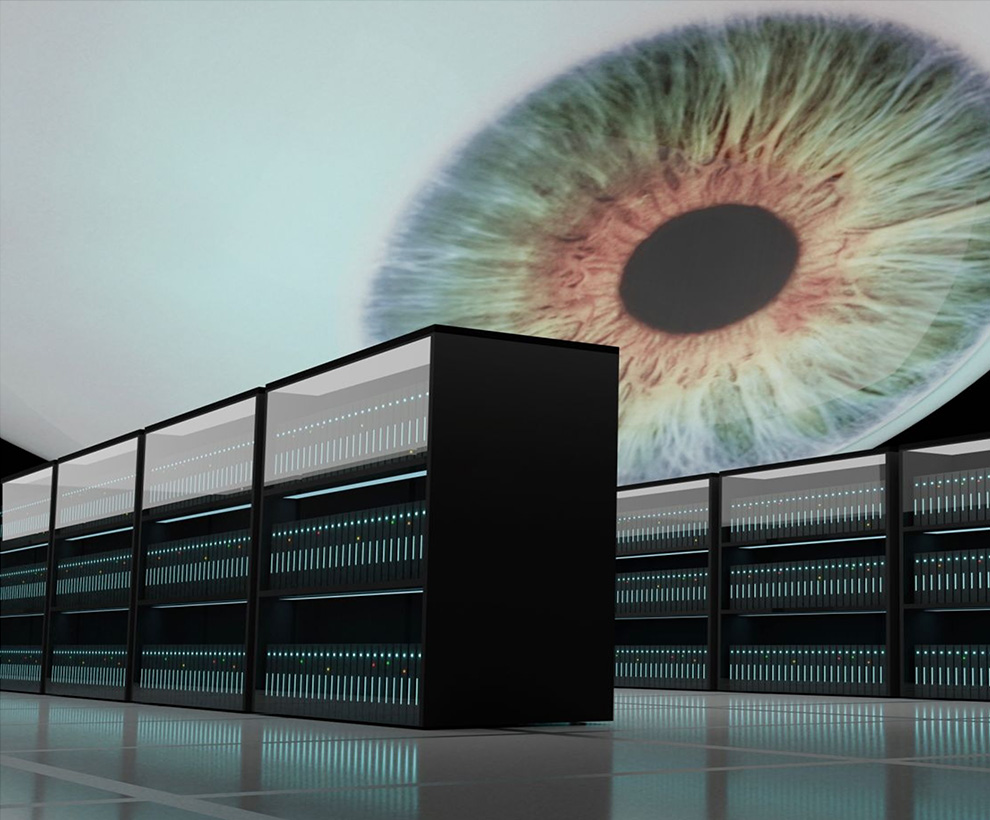Implementing effective risk management is like buying insurance, having protection in case of incidents. Both the event and its magnitude must be predicted. It is not an easy task.

Many managers think the economic impact of investing to reduce costs or for profit is the same in both cases but it is not. Managers do not treat them equally. They put a greater emphasis on profits than on avoiding losses. However, a dollar saved falls to the bottom line, whereas in the case of extra dollar gained only the profit falls to the bottom line. Big difference.
Great chess masters focus on avoiding mistakes while new players just try to win. There are estimates that downtime costs can reach up to 3.95% of gross revenue. Any reduction in this item can have a significant impact on net profits at relatively low costs.
1. Being passive: Companies are operating in a reactive mode instead of a proactive mode. “You cannot manage or control what you cannot see.” This is a very old saying that apparently many companies have forgotten, and the consequence is undoubtedly increasing their risks and operational failures.
2. Ignoring the cost of a failure: the cost and complexity of a failure is increasing every day, yet 89% of companies are unable to estimate the cost of a failure in their own companies. If you do not know the true cost you are probably not taking the appropriate corrective measures to reduce failures and consequently increase your risks and operational costs.
No matter what industry you are in, nothing impacts your bottom line like unplanned DOWNTIME
Unplanned downtime and emergency maintenance together with aging IT infrastructure is the number focus for over 90% of companies today.
3. Not realizing the cost of inaction, preferring the status quo and not realizing the cost of inaction of reactive management. Managing proactively can reduce maintenance and failure costs by more than 90%, reduce operational risks, and create significant increases in productivity and profits.
4. Ignoring the facts: 80% of transformer failures are preventable if monitored, 60% of generator failures are preventable if controlled, and 65% of UPS failures are preventable if monitored. These are some of the major causes of unscheduled failures. It is impossible to achieve and maintain the highest levels of 24×7 availability without monitoring critical applications 24×7 Small failures cannot be seen or heard by humans
5. Not realizing the importance of Repair Time: most companies focus on equipment MTBF (Mean Time Between Failures) as a means to increase availability. This can create a false sense of security. Reducing repair time (MTTR) can have a significant impact on global availability at a much lower cost. The secret is to detect faults when they are still incipient and repair them before they become catastrophic.
6. Don’t update: 24×7 remote monitoring is the most economical and fastest way to reach and maintain the highest levels of availability for critical applications. ROI (Return on Investment) is usually between 3-6 months. Today with the IoT revolution there is no excuse not to use this game changing technology.